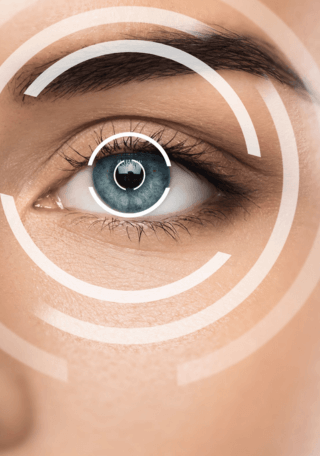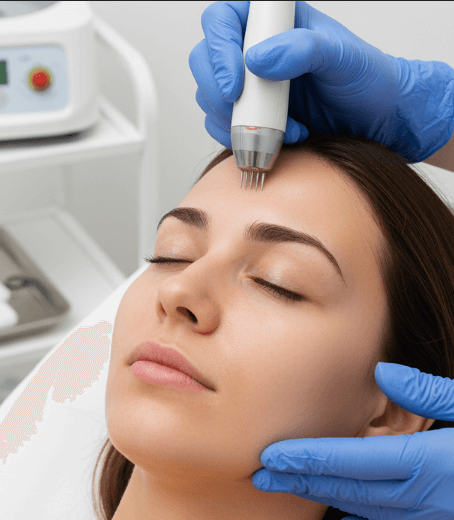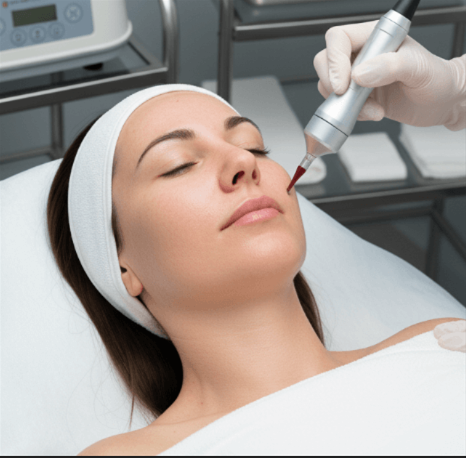SMILE (Small Incision Lenticule Extraction) is an advanced laser vision correction technique that offers high precision, fast healing, and minimal invasiveness. While it’s most commonly used to correct nearsightedness (myopia) and astigmatism, its role in managing vision problems associated with underlying medical conditions is becoming increasingly recognized.
This article explores how SMILE can benefit patients with specific systemic or ocular medical conditions, when it’s appropriate, and what limitations to consider.
👁️ Understanding Vision Problems from Medical Conditions
Many systemic diseases impact vision either directly or through their effect on the eyes. Common issues include:
| Medical Condition | Associated Vision Problems |
|---|---|
| Diabetes | Blurred vision, fluctuating vision, diabetic retinopathy |
| Autoimmune disorders (e.g., RA, lupus, Sjögren’s) | Dry eye, uveitis, corneal inflammation |
| Thyroid disease (e.g., Graves’) | Double vision, dry eye, proptosis |
| Medications (e.g., steroids, antihistamines) | Cataracts, dry eye, IOP changes |
| Neurological disorders (e.g., MS) | Optic neuritis, visual field defects |
In some cases, these patients also develop refractive errors like myopia or astigmatism—which are correctable by SMILE if the underlying disease is stable.
🔬 How SMILE Works—and Why It’s Safer for Medical Patients
SMILE uses a femtosecond laser to create and remove a small lenticule (a lens-shaped piece of corneal tissue) through a 2–4 mm incision—no flap, no surface ablation. This preserves more of the cornea’s natural structure and results in:
- Lower inflammation
- Fewer dry eye symptoms
- Faster recovery
- Reduced biomechanical disruption
These characteristics make SMILE ideal for patients whose healing may be compromised, or who are more prone to ocular surface instability.
✅ Conditions Where SMILE May Offer Unique Advantages
1. Diabetes (Well-Controlled)
- Vision impact: Fluctuating vision, slow wound healing
- Why SMILE helps:
- Lower risk of dry eye compared to LASIK
- Minimally invasive, reducing healing burden
- Important: Surgery is only advisable if blood glucose and HbA1c levels are well-controlled, and no advanced diabetic retinopathy is present.
2. Autoimmune Disorders (in Remission)
- Vision impact: Dry eye, inflammation, delayed healing
- Why SMILE helps:
- Less nerve damage = lower dry eye risk
- Minimal corneal disruption reduces inflammatory response
- Precaution: Should only be performed when the condition (e.g., lupus, rheumatoid arthritis, Sjögren’s) is in remission and systemic medications are stable.
3. Thyroid Eye Disease
- Vision impact: Eye bulging, dry eyes, double vision
- Why SMILE helps:
- Dry eye-friendly profile
- Stronger post-op corneal structure for long-term stability
- Consideration: Eye movement abnormalities must be addressed before considering refractive surgery.
4. Patients with Medication-Induced Dry Eye
- Medications like antidepressants, antihistamines, or isotretinoin can cause dry eye.
- SMILE is often better tolerated than LASIK because:
- It preserves more corneal nerves
- Recovery is quicker and more comfortable
⚠️ Situations Where SMILE Might Not Be Suitable
| Condition | Why It May Be Problematic |
|---|---|
| Uncontrolled autoimmune disease | Higher risk of corneal melt or inflammation |
| Active ocular infections | Surgery could worsen infection |
| Advanced diabetic retinopathy | Risk of poor retinal outcomes post-op |
| Severe dry eye syndrome | Risk of symptom worsening if not managed first |
💡 Tip: These patients may still be candidates after proper treatment and stabilization—a comprehensive medical evaluation is essential.
👨⚕️ Preoperative Assessment: A Must for Medical Patients
Before SMILE, medical patients should undergo enhanced screening, including:
- Detailed medical history review
- Corneal topography & pachymetry (for keratoconus risk)
- Tear film analysis
- Retinal examination (especially for diabetics)
- Blood tests if needed (HbA1c, thyroid levels, autoimmune markers)
This ensures that SMILE is performed only in stable, low-risk conditions, optimizing long-term success.
📈 Long-Term Benefits of SMILE in Medically Complex Patients
| Benefit | Why It Matters for Medical Patients |
|---|---|
| Reduced Dry Eye | Important for autoimmune or thyroid patients |
| No Flap Complications | Safer for those at risk of trauma or poor healing |
| Stable Corneal Structure | Essential in cases with thin or weak corneas |
| Faster Healing | Important if on immunosuppressants or steroids |
| High Visual Satisfaction | Over 90–95% report long-term satisfaction |
🤝 Coordinated Care Between Specialists
Patients with medical conditions benefit greatly when their SMILE surgeon collaborates with:
- Primary care physicians
- Endocrinologists
- Rheumatologists
- Neurologists or ophthalmologists
This coordination ensures:
- Systemic disease is under control
- Medications don’t interfere with healing
- Complications are recognized early
📝 Summary: Is SMILE Right for Medically Complex Patients?
| Factor | SMILE Outcome |
|---|---|
| Safety | High, with proper screening and stable health |
| Effectiveness | Excellent correction of myopia/astigmatism |
| Dry Eye Risk | Lower than LASIK or PRK |
| Healing Time | Fast—even in patients with chronic conditions |
| Satisfaction | Very high among eligible medical patients |
Conclusion: SMILE is not only effective for healthy individuals—it can also provide safe, long-term vision correction for patients with well-controlled medical conditions. The key lies in thorough evaluation, timing, and customized care.




